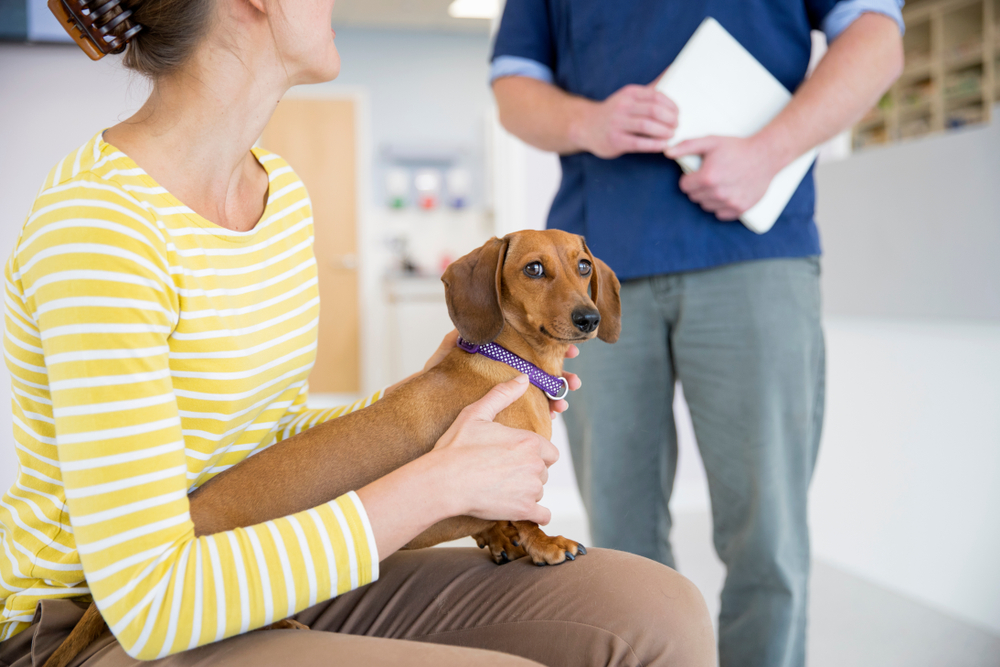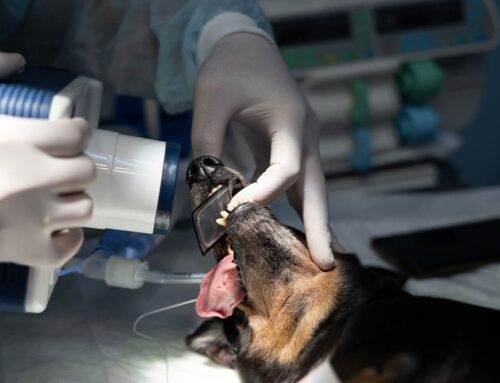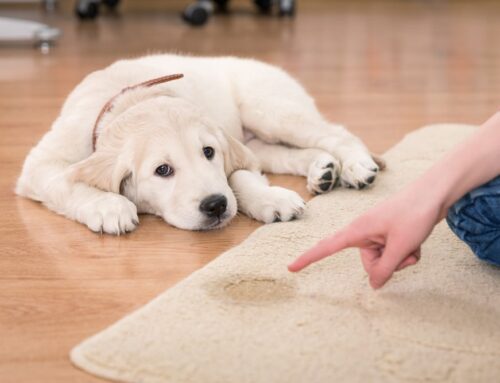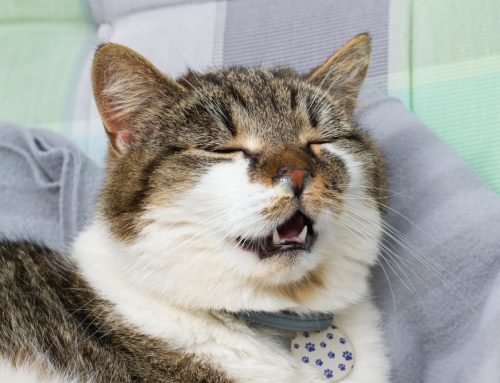In the past, you may have been used to scheduling your pet’s appointment the same day you called. However, now you may be facing a wait of days, weeks, or months before your veterinarian can see your pet. Why? In short, COVID-19 has greatly affected the veterinary industry. As with many other businesses, the pandemic put a serious damper on veterinary practices’ efficiency and productivity. A combination of factors are the reason why scheduling a veterinary appointment as soon as you’d like is extremely difficult. Read on to learn about the most widespread issues affecting the veterinary industry today.
#1: Most veterinary practices are understaffed
You’d likely be hard-pressed to find a veterinary practice that is fully staffed, from kennel attendants and receptionists, to veterinary technicians and veterinarians. Veterinary school graduates simply cannot fill the gap created by the skyrocketing demand for veterinary care, and the industry is expected to grow much faster than others. Veterinary positions are projected to grow 16% by 2029, nearly four times the average of most other occupations, according to the Bureau of Labor Statistics. Veterinary technician jobs are expected to increase nearly 20% in the next five years.
At the same time as too few veterinary professionals are entering the field, many are leaving their practice careers. A veterinary technician lasts about only five years in practice before seeking a new career, generally outside veterinary medicine. Burnout and compassion fatigue run rampant in the veterinary field, making staying motivated and satisfied with this career choice extremely challenging. Long hours, poor work-life balance, and the physical and mental demands associated with the job take their toll on veterinary teams, often leading to difficulty in maintaining a full team. When a practice is not fully staffed, providing care for the many pets who need veterinary attention in a timely manner is impossible.
#2: COVID-19 slowed down veterinary teams
When the pandemic struck, businesses were scrambling to figure out how to continue to provide services while minimizing disease transmission. Enter curbside care. However, while this service method was effective at reducing face-to-face contact and limiting the number of people allowed inside veterinary hospitals, veterinary efficiency took a nosedive. According to data from the AVMA Census of Veterinarians and Veterinary Practice Owners, veterinarians saw fewer patients per hour, and average productivity declined by almost 25% in 2020, compared with 2019. This means that a veterinarian who typically saw four patients per hour was now seeing only three. Over time, this substantially decreased the number of pets receiving veterinary care each day.
After people were allowed back in veterinary hospitals, productivity did not return to normal numbers. Rigorous disinfection protocols and continued curbside service offerings, such as prescription pick-ups and pet drop-offs, slowed down veterinary teams. Hopefully, in time, veterinary teams will return to their normal efficiency level as they adapt to operating in the midst of a pandemic.
#3: Many people welcomed new pets into their homes during the pandemic
According to the American Society for the Prevention of Cruelty to Animals (ASPCA), approximately 23 million American households either adopted or fostered a new pet during the pandemic. These new pets all required veterinary care, which further overwhelmed our already struggling practices. In addition, many pets found homes with first-time pet owners, who typically contribute to longer appointment times as the veterinarian and the pet owner establish a relationship.
#4: People had more money to spend on their pet’s veterinary care
Veterinary care may not always be included in the household budget. Services such as dental cleanings, screening tests, and parasitic disease testing are often postponed if family funds are inadequate. However, with the distribution of stimulus checks and the savings associated with decreased entertainment and travel, people had more discretionary income for their pets’ care. Now, overdue dental cleanings and screening tests are being requested, but veterinary hospitals are still challenged to include these services along with their sick and injured patients who need care first.
#5: Veterinary practices experienced a backlog of wellness care

At the height of the pandemic, many veterinary practices struggled to operate at maximum efficiency, because of shortened business hours, ill staff members, limited services, and hospital closings. Wellness services were pushed to the back burner to focus on sick and injured pets. As COVID vaccinations became more widespread, veterinary hospitals returned to a more normal workload and service offering, but they were drowning under the demands for delayed wellness care. Annual exams, vaccinations, parasite checks, fecal exams, and other preventive services are necessary, but veterinary practices were—and still are—overwhelmed with their current workload. This pushes non-urgent appointment requests far down the calendar.
Ensure your pet receives the veterinary care they need by calling far in advance to schedule an appointment. Whether your pet is due for their annual wellness visit, or they’ve developed a sniffle or cough, contact our South Shores Pet Clinic team to get your furry pal on our books as soon as possible.







Leave A Comment